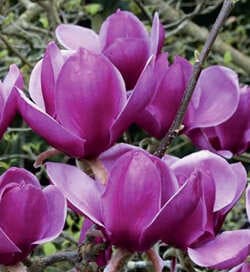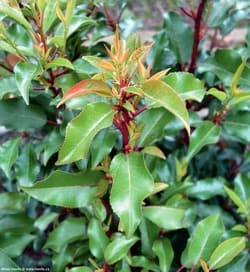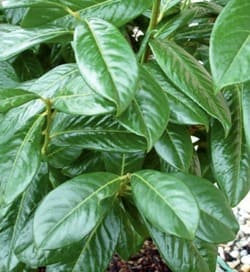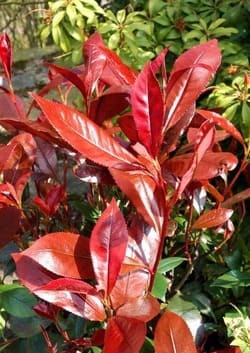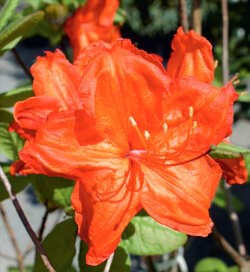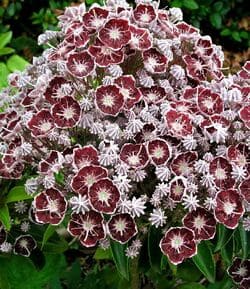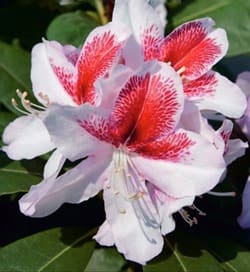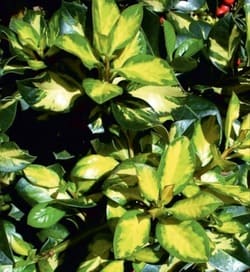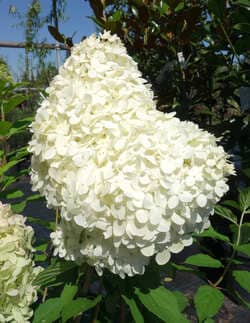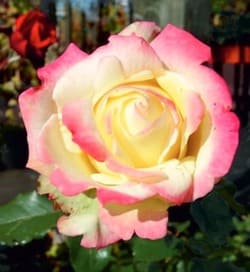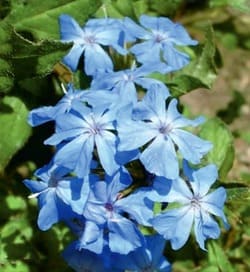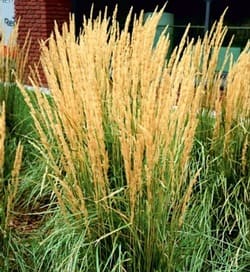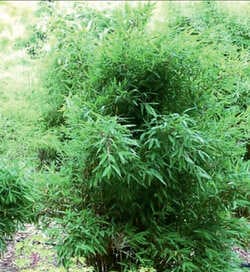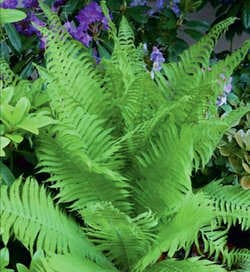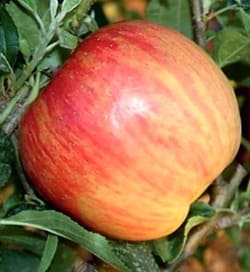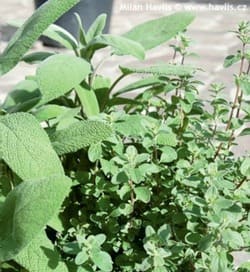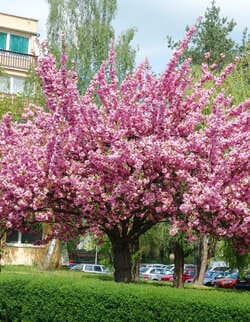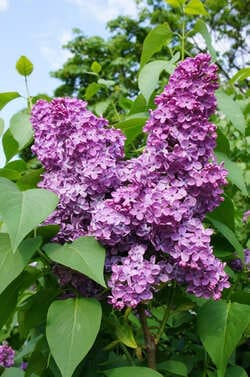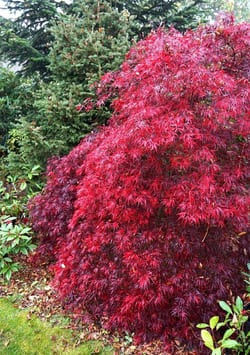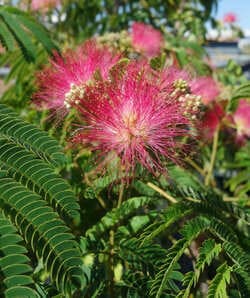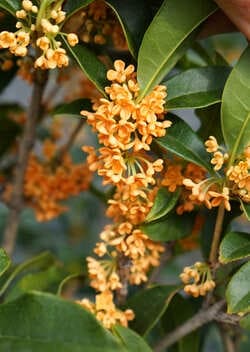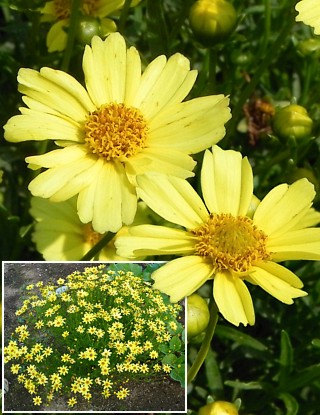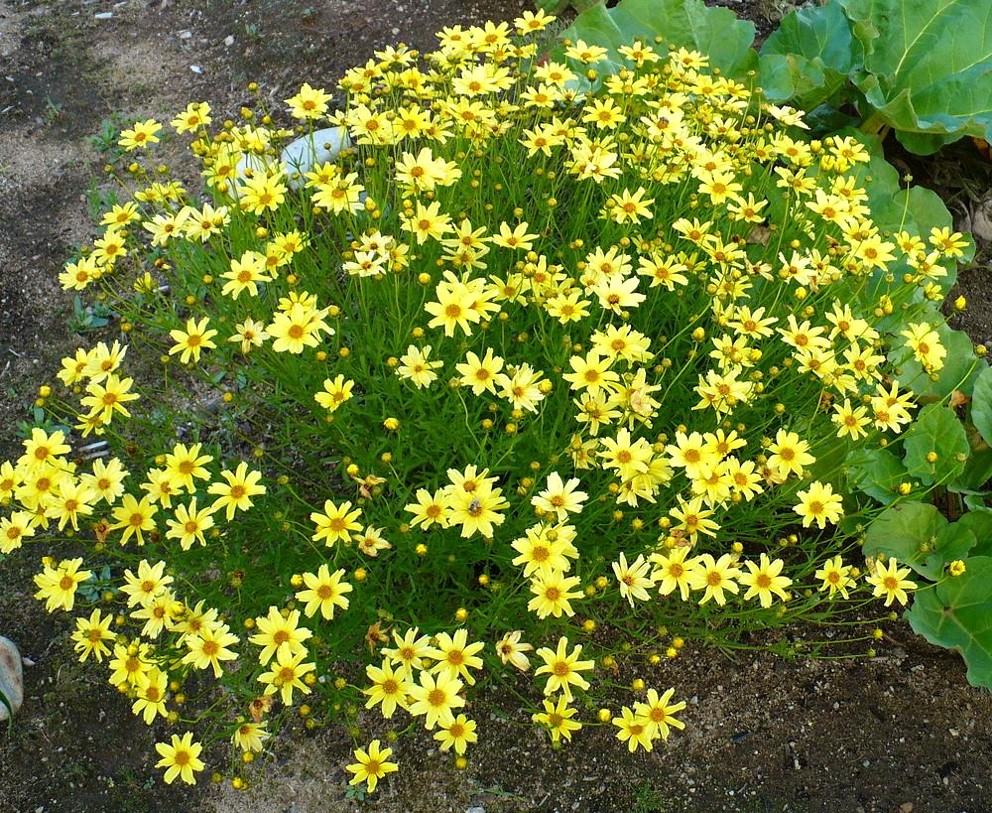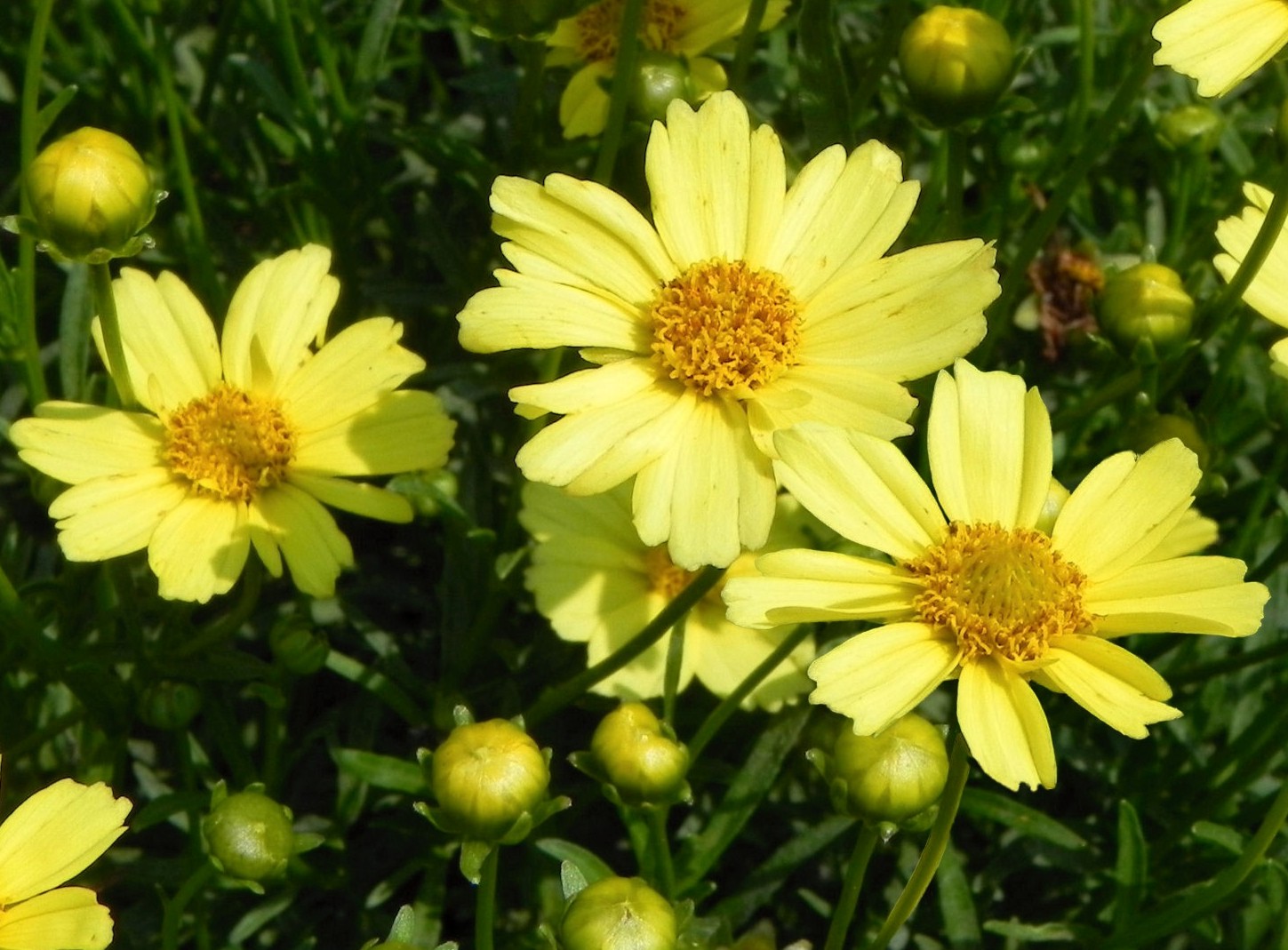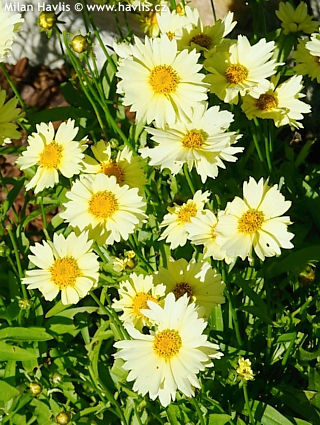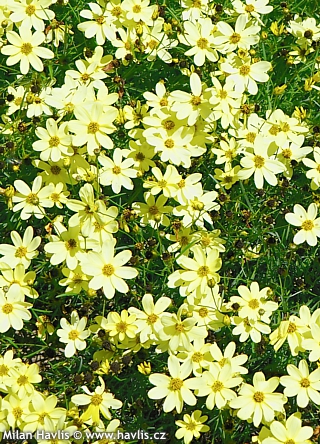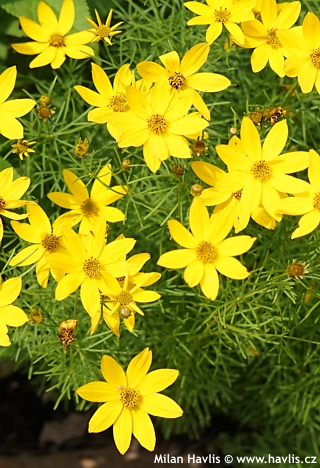Coreopsis verticillata 'CRÈME BRULÉE' thread leaf coreopsis, tickseed


Coreopsis
Coreopsis - tickseed is a wonderful, maintenance-free perennial which shines its way through any garden with rich-coloured flowers all summer long. You can have a country garden or be a city garden enthusiast, coreopsis will still have features suitable for your plot. Thread leaf tickseed is probably the most sought after species in the market. It is tough, reliable, hardy, and apart from removing last year's stems it requires no care. This variety is a naturally occurring mutation of an older variety Moonbeam. It was found by June Croon in her sister's garden in New York state, USA, in 1997. She consulted her finding with a renowned British breeder Adrian Bloom who encouraged her to propagate the plant, and to introduce it as a new worthy variety. Patent No. PP16096 was issued in 2004.
Yummy! Crème Brulée. The name itself makes you drool but beware - this plant is NOT edible :-) It is a tickseed variety with single, daisy-like flowers whose colour is soft warm yellow just like the popular French dessert i.e. more yellow than Moonbeam, the preceding variety. Another tell that differs it from Moonbeam are the emarginate tips of ray florets. Extremely long blooming period begins in early summer (June), and lasts until the last warm days of autumn. Deadheading will enhance flowering and make the plant look nicer but is not necessary. It flowers abundantly every year without any help.
The fluffy, thread-like leaves are very decorative on their own yet before the flowers come out. And if you don’t mind me saying that they look like dill (without the scent). The desirable advantage of this variety is that it is not invasive, and does not seed itself around like some other coreopsis species, especially annuals. Crème Brulée grows vigorously into a spreading though quite uniform habit with upright, 30-40 cm tall stems.
It will grow in nearly any soil, and as it withstands drought it is popular for rockeries. Grow it in full sun, possibly with a slight partial shade. No fertilizing required. Making it a glowing feature in your perennial garden bed is the reasonable and expected way of using it. But placing it among shrubs with different foliage and flowers will mean an honour for this easy and affordable beauty. Expected hardiness is about -34°C (USDA zone 4).
Last update 29-12-2018






